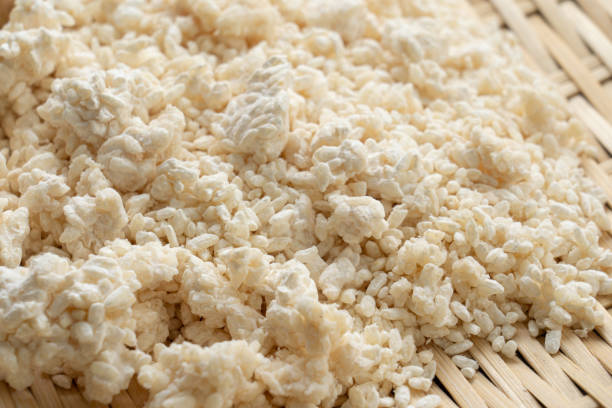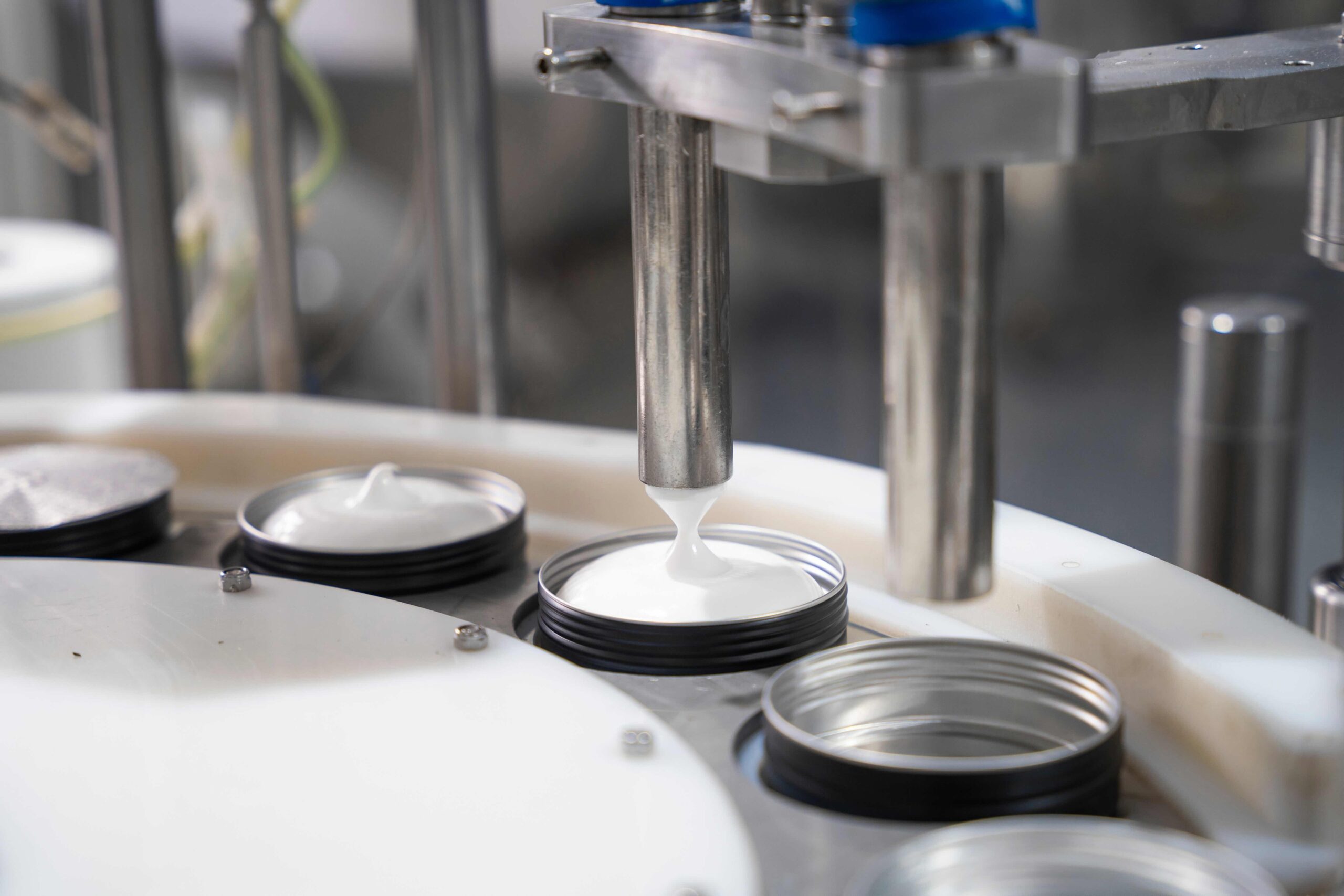Research has revealed that brewers who use milled rice could replace it with rice malt and decrease the cost of beer production by 2–12%.

The brewers who currently use rice for brewing typically use milled rice, which requires extra processing steps compared to malted rice. However, a new cost-feasibility analysis published in
npj Sustainable Agriculture, has outlined how malted rice is the savvier choice in both cost and sustainability.
Efficient and fiscally sound
The rice malt can also reduce crop-growing acreage needs by half or more, because the research shows it produces more grain per acre than barley, while having an equivalent or greater sugar extract potential.
As many brewers and beer fans know, malting is a process that allows grains to sprout slightly under controlled conditions, resulting in biochemical changes important for beer production.
The study, which is derived from the University of Arkansas, also identified how malting has the potential to decrease time and energy costs and make using rice more feasible for more small-scale craft brewers — especially when creating gluten-free beers.
Since rice is cultivated globally, the analysis highlighted how it also has the benefit of serving as a viable malting grain for tropical and subtropical countries that would otherwise need to rely on barley imports for brewing.
The analysis also showed the projected potential for the malting process to develop in the US by creating more domestic demand for rice while managing to offset declining exports in Arkansas.
According to manufacturing journal
Food Processing, domestic long-grain rice exports in the state have plummeted by approximately 7% over the past 15 years.
Further guidance came from Lanier Nalley, a professor and head of the agricultural economics and agribusiness department for the University of Arkansas.
Offsetting import and export issues
Speaking about the potential, Nalley said: “Alternative markets, like malted rice, can backfill that decrease in exports. Developing a domestic market for our own rice ultimately could ensure the long-run sustainability of rice production in Arkansas.”
Nalley is also a co-author of the malted rice feasibility study with researchers from the Center for Beverage Innovation, along with Bumpers College food science graduate student Bernardo P Guimaraes and Scott Lafontaine, assistant professor in the food science department for Bumpers College and the Arkansas Agricultural Experiment Station.
Last year, Guimaraes and Lafontaine published research with findings of a raft of long-grain rice varieties that had developed enough enzymatic activity to fully convert their starch source into fermentable sugar when malted.
The potential for brewers is vast
According to the research presented by Guimaraes, the rice malts also showcased many different and interesting aromas and flavours, which he highlighted could also be used as a standalone raw material or in conjunction with barley malt to create new and interesting beer styles.
Nalley explained: “When we started this, I thought there’s no way this is going to work. How long have humans been drinking beer, and how long has rice been around? The economist in me thought, well if this would have worked, they would have done it 400 years ago. But I guess it took lightning in a bottle with Scott and Bernardo to put two and two together to figure this out, because this could work.”
Lafontaine suggested that one plausible reason as to why the discovery had not been made until now was potentially due to the disconnect between malted rice and beer because beer has historically been viewed through a “Germanic lens”, which has been influenced by the nation’s Purity Law.
Lafontaine observed however that if “you look back at some of the ancient beers that are in Asia — they had millet, they had rice — and archaeologists have found evidence of cereal beverages made with rice. Who knows? Maybe that rice was malted.”
In his research, Lafontaine also referred to a 2024 study published in Anthropology titled ‘Identification of 10,000-year-old rice beer at Shangshan in the Lower Yangzi River valley of China’ as a means of backing up this consideration.
Gluten-freedom
The study also showed that should certain beers be made from 100% rice malt, this would also make them gluten-free, a sub-style which currently costs approximately 30% more than barley-based beer, according to the study.
Guimaraes suggested that all-rice malt beers could therefore come with a lower price compared to other traditional gluten-free alternatives. After all, he added that, at present, gluten-free malts are generally considered to be “competitive” by brewers — especially since they are costly compared to traditional barley malt.
Last month,
db looked into ways craft brewers can reduce carbon emissions by being more selective about their choice of malt barley. Read more
here.

 The brewers who currently use rice for brewing typically use milled rice, which requires extra processing steps compared to malted rice. However, a new cost-feasibility analysis published in npj Sustainable Agriculture, has outlined how malted rice is the savvier choice in both cost and sustainability.
The brewers who currently use rice for brewing typically use milled rice, which requires extra processing steps compared to malted rice. However, a new cost-feasibility analysis published in npj Sustainable Agriculture, has outlined how malted rice is the savvier choice in both cost and sustainability.
























































































































































